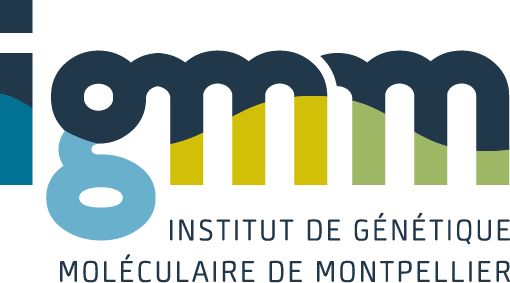Parental genomic imprinting was discovered in mammals some 20 years ago. This phenomenon, crucial for normal development, rapidly became a key to understanding epigenetic regulation of mammalian gene expression. In this chapter we present a general overview of the field and describe in detail the ‘imprinting cycle’. We provide selected examples that recapitulate our current knowledge of epigenetic regulation at imprinted loci. These epigenetic mechanisms lead to the stable repression of imprinted genes on one parental allele by interfering with ‘formatting’ for gene expression that usually occurs on expressed alleles. From this perspective, genomic imprinting remarkably illustrates the complexity of the epigenetic mechanisms involved in the control of gene expression in mammals.
Epigenetic regulation of mammalian imprinted genes: from primary to functional imprints
Weber, M.; Hagege, H.; Aptel, N.; Brunel, C.; Cathala, G.; Forne, T.
2005
Prog Mol Subcell Biol
2005 / vol 38 / pages 207-36
Abstract
IGMM team(s) involved in this publication

Thierry Forne
Genome Organization and Epigenetic Control
Tags
Animals; *Genomic Imprinting; Models, Genetic; *Epigenesis, Genetic; DNA Replication; Chromatin/chemistry/metabolism; Evolution
